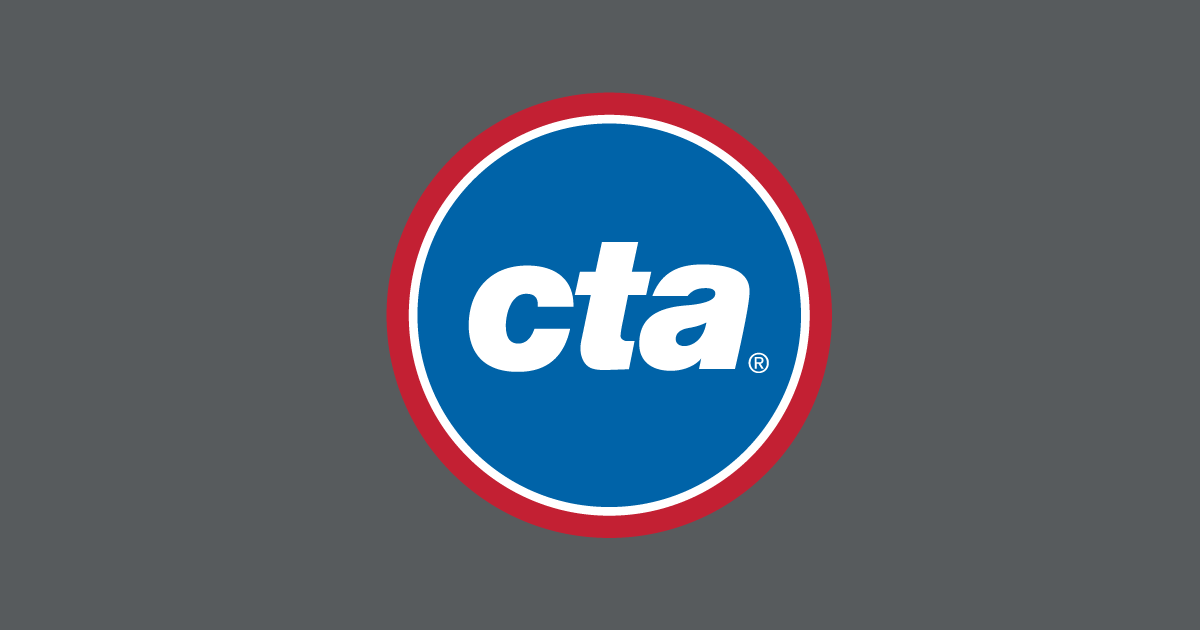"Leadership is a matter of how to be, not how to do."
– Frances Hesselbein
THE ART OF LEADERSHIP
Being Before Doing
Frances Hesselbein’s Blueprint for Character-Driven Leadership that Shapes Culture, Sparks Courage, Boosts Impact Across All Teams
Leadership, at its best, starts with influence built on trust. Ken Blanchard reminds us that people rarely commit to mere authority; they rally behind leaders who care. Show up curious, listen deeply, and clarify purpose. When teammates feel seen and valued, they lend not just hands but hearts, fueling vision.
Influence grows through consistent, servant-minded actions. Share information freely, celebrate small wins, and remove barriers that slow momentum. Great coaches ask questions that spark insight instead of dictating answers. By shifting focus from controlling tasks to developing people, you multiply capacity in ways rules never could.
The conversation now is this: are we willing to trade the comfort of authority for the adventure of influence? Each interaction today is a chance to practice micro-leadership a word of praise, a request for feedback, a promise kept. Stack those moments and watch culture transform. Position fades; earned influence compounds into lasting impact now.
Serve boldly today listen first, coach consistently, and spark ownership; every teammate leaves stronger, clearer, committed than when the day began!!
COMMERCIAL CONSTRUCTION
Samsung Taylor Chip Fab 99% Done But Delayed
Samsung's $17B Taylor, TX chip fab is 99% built but tool orders stall amid weak demand, tariffs and labor shortages, putting its 2026 startup at risk
Samsung’s $17 billion chip plant in Taylor, Texas is 99 percent structurally complete, but work slowed as executives delay orders for EUV and deposition tools. DIGITIMES on April 23 said the nearly finished shell may sit idle while the firm reassesses demand and cost.
Sources cite three pressure points: smartphone sales remain soft, looming U.S. tariffs could tack double-digit premiums onto imported machinery, and visa caps limit Korean engineers needed for installation. Relying on pricey local labor would add millions, squeezing returns on the $6.4 billion CHIPS Act grant Samsung secured last month.
Texas officials, after spending $16 million on roads and water lines, say Samsung still promises 2,000 construction jobs and hundreds of permanent roles once fit-out begins. Contractors confirm clean-room bid requests continue, but note timelines now quietly push past summer. Intel’s Ohio delay and TSMC’s Arizona overruns show even subsidized U.S. fabs face stop-go cycles.
INFRASTRUCTURE INDUSTRY
CTA crews clear path for awaited Red Line push now
Demolition starts on Chicago’s 5.7B Red Line Extension, clearing way for four stations and bringing fast commutes, 25K jobs, equity for Far South Side
Bulldozers rumbled down South Michigan Avenue this week as CTA began leveling vacant shops for the 5.7-billion-dollar Red Line Extension. The agency is clearing twenty-five parcels from 103rd to 130th to create a right-of-way before utility crews arrive, the first heavy work Far South Side riders have seen in decades.
The 5.6-mile project extends rails from 95th Street to a new 130th Street terminal, with elevated stations at 103rd, 111th, Michigan, and 130th. A 1.9-billion-dollar federal grant plus local TIF cash sealed funding last month, letting design-build partner Kiewit-Parsons prep girder delivery for November.
Officials predict 25K union jobs, a 30% slash in bus-to-Loop travel time, and fresh retail at the new stops. Demolition has already recycled 1,700 tons of brick, and noise monitors line nearby schools. Critics worry about rent spikes and deserting storefronts but CTA promises relocation aid and says early contracts require hiring from Altgeld Gardens first. Sooner.
RESIDENTIAL RESEARCH
Backyard Boom California's ADU Law Sparks Frenzy!
SB 1211 lets multifamily lots add eight ADUs, igniting surges as utilities, inspectors and neighbors race to adapt to California’s backyard blitz
The backyard construction arms-race that Sacramento unleashed on January 1 hit overdrive this spring: applications for accessory dwelling units surged in the first quarter, with Los Angeles and San Diego departments reporting daily filing highs approaching the two-hundreds. Bay Area homeowners, however, say PG&E red-tape can still add months.
Fueling the surge is SB 1211, which now lets multifamily parcels host up to eight detached ADUs if the extra units don’t outnumber existing apartments; paired with AB 2533’s streamlined fees, the change unlocked garages and parking lots for renters and micro-owners, pushing builders to scramble for prefab factory slots statewide.
Yet friction remains. Inspectors warn an overloaded grid and uneven uptake of Appendix AW could strand hundreds of units awaiting sign-off; Del Mar is surveying owners on affordability pledges, and Sacramento’s AB 1154 would scrap parking rules for cottages under 500 sq ft. Utilities promise a fast-track portal.
TOOLBOX TALK
The Importance of Safe Operation of Dump Trucks on Construction Sites
Introduction
Good morning, Team! Today's toolbox talk focuses on the safe operation of dump trucks. Dump trucks are essential for transporting materials, but improper use can cause rollovers, tipping, and serious injuries.
Why It Matters
Dump truck accidents often result in severe injuries or fatalities. Ensuring safe operating practices prevents accidents, protects workers, and maintains productivity.
Strategies for Safe Dump Truck Operation
Pre-Trip Inspections:
Check tires, brakes, hydraulic systems, and mirrors daily before use.
Level and Stable Ground:
Always unload on firm, level surfaces to prevent tipping or rollover.
Keep Loads Balanced:
Evenly distribute loads to maintain vehicle stability and prevent overturning.
Use Spotters:
When backing up or maneuvering in tight areas, always use spotters for clear communication.
Avoid Power Lines:
Check overhead clearance before raising dump beds to prevent electrocution.
Discussion Questions
Have you seen or experienced incidents involving dump trucks on site?
What additional safety practices could improve dump truck operation?
Conclusion
Safe dump truck operation requires daily inspections, balanced loads, spotter usage, and careful attention to ground conditions and overhead hazards.
Operate safely Stay accident-free!








